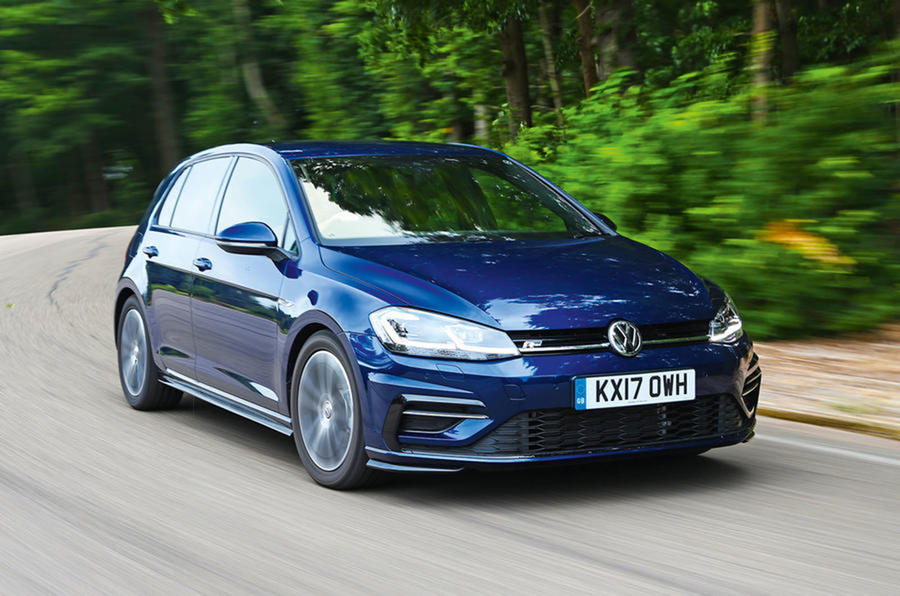Volkswagen is introducing gasoline particulate filters (GPFs) to its petrol cars as part of wider plans to improve emissions across its whole range - and it predicts reductions of particulate emissions in some models by up to 95%.
The Up GTI gained GPF technology earlier this year, but the device was already used on the manual-transmission variant of the Tiguan 1.4 TSI in Germany and is being rolled out across the brand's other cars.
The measures follow a commitment made by VW in 2016 to fit particulate filters to petrol engines, as the company sought to bounce back from 2015’s Dieselgate scandal.
Other manufacturers are equipping their own petrol cars with GPF systems. Mercedes-Benz, for example, fits it to some Mercedes-Benz S-Class derivatives and, like VW, plans to roll it out more widely across its fleet. Ford has the system on its new Ford Mustang, among other models.
Petrol cars have been subject to particulate emissions legislation since the introduction of the EU5 standard in 2009. The latest stage, EU6c, was introduced in September 2017, forcing petrol engine particulate emissions to be reduced by 10 times the previous level.
The VW particulate filter doubles as a three-way catalytic converter, the device normally fitted to petrol car exhausts to reduce emissions of toxic gases. Conventional three-way catalytic converters contain a ceramic honeycomb called a substrate, through which the exhaust gases flow on their way to the tailpipe. The substrate has a catalyst coating that greatly cuts levels of the three main toxic gases in exhaust: unburned hydrocarbons (HC), oxides of nitrogen (NOx) and carbon monoxide (CO).
Traditionally, the focus has been on larger diesel particulate matter up to 10 microns in diameter (PM10), or smaller PM2.5. By comparison, a human hair is around 70 microns in diameter. But as far back as 2001, a new threat came to light in the form of nanoparticles, which are more than 100 times smaller than a PM10.
A report commissioned by the Swedish National Road Administration revealed that under certain conditions, some petrol vehicles were emitting the same number of nanoparticles as diesels.
The quantity of particulates in exhaust had previously been measured by weight, but awareness of nanoparticles grew after the use of alternative measurement techniques. Although nanoparticles weighed very little, they were present in large numbers and capable of covering a large surface area. The concern was that nanoparticles could penetrate deeper into the lungs than larger particles. Like diesel particulate filters, the GPF is designed to capture all sizes of particles, including nanoparticles.





Join the debate
Add your comment
VW
Another VW sponsored puff piece - you cannot polish a turd.
Ten times = increase, really?
Please use correct language - i assume they are reducing particulates to a tenth of the previous level, you cannot reduce by ten times!
Give it time to mature